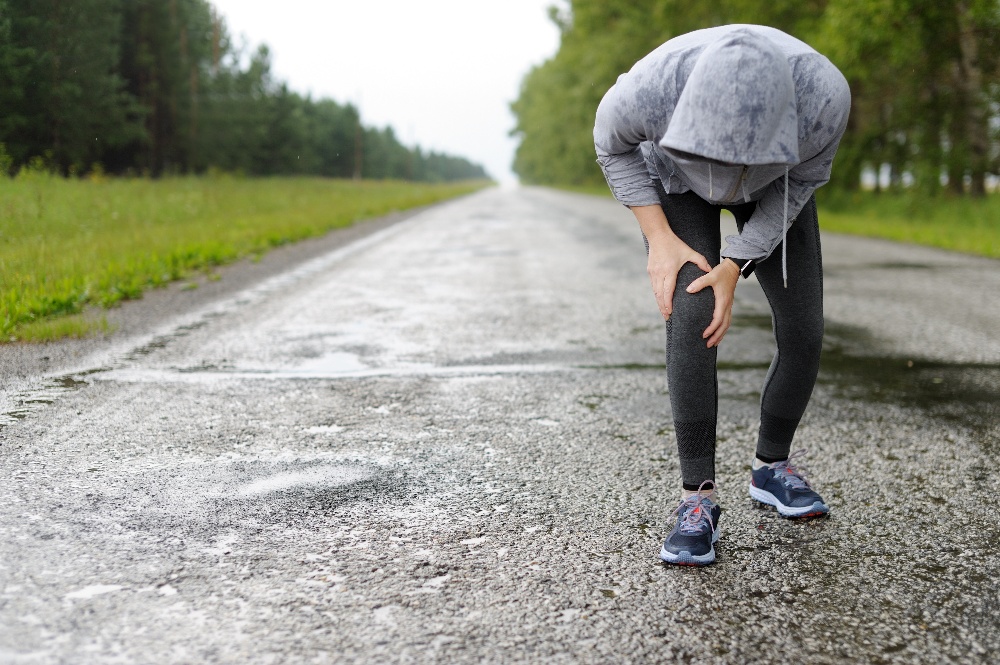Although scientific studies haven’t definitively found a causal link between weather and joint pain, 2 out of 3 joint pain patients say that changes in the weather affect how their joints feel. Changes in humidity and temperature make the changing seasons difficult for many people who suffer from chronic pain.
Barometric Pressure and Joint Pain
One reason for this increased pain has to do with barometric pressure. Many scientists and doctors believe that changes in barometric pressure lead to increases in joint pain. Changes in barometric pressure can cause expansion and contraction of tendons, muscles, and other tissues, which can cause increased pain.
Additionally, barometric pressure often drops significantly before a storm. If you’ve ever felt that you could predict bad weather because of joint pain, it is likely due to the changes in barometric pressure that occur right before a storm.
Changing Temperatures and Joint Pain
Humidity can also have an impact on joint pain, which gets stronger with cold weather. Lower temperatures also cause joint fluids to thicken, making them more stiff and sensitive to pain during movement.
Additionally, cold weather often means that people will be exercising less. Exercise relieves arthritis pain, and when people are refraining from exercising because of pain, this can also lead to an increase in their joint pain. Cold weather can cause a decrease in mood, which also leads to a lower tolerance for pain.
Changes in humidity and temperature also can make the summer and spring months difficult for people with joint pain. As we approach warmer weather, humidity increases and can cause increased levels of pain.
Preventing Joint Pain with Changing Weather
There are several ways that you can help decrease pain as we get into warmer weather.
- Avoid being out in the heat and humidity for extended periods of time. As the weather gets warmer, the length of time spent outside should decrease as heat increases. When you are outside, avoid strenuous exercise.
- Keep your home cool and with low humidity.
- Make sure you are eating plenty of healthy foods and drinking plenty of fluids. It is important to drink primarily water and avoid sodas when possible.
- Wear light colored fabrics when outside, ideally loose fitting, natural fabrics, such as cotton.
Contact the Experts at Flexogenix®
If the change in seasons is causing you to feel an increase in joint pain, don’t continue to suffer. Contact Flexogenix® today for a free consultation and receive a personalized pain to relieve your pain and improve your life.






